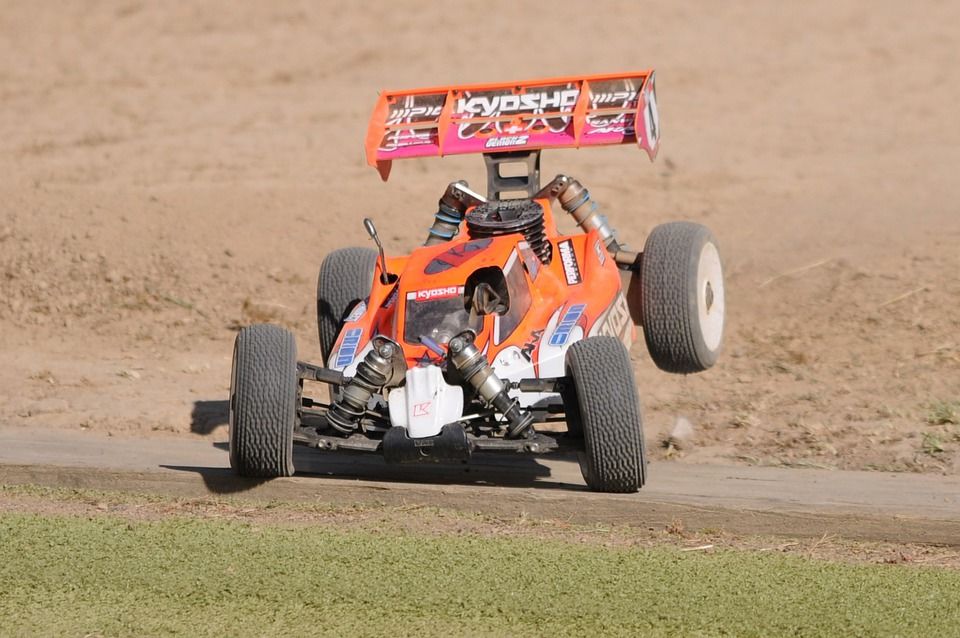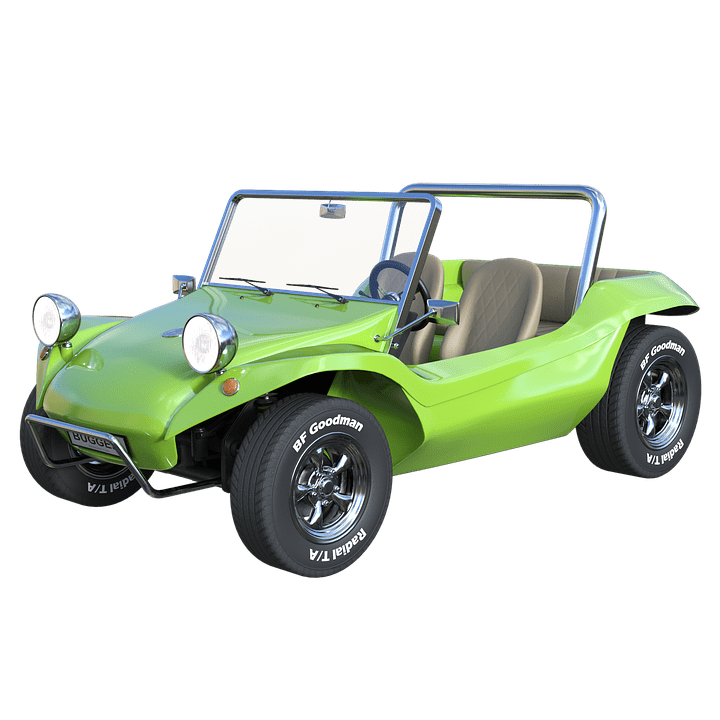Speed Buggy is a short-lived cartoon show that aired from September to December 1973. Although it only ran for one season, its subsequent re-airings allowed it to garner a cult following. To know more about what makes Speed Buggy so interesting among cartoon fans, here is an introduction to the timeless Hanna-Barbera show.
Conceptualization and Production
The concept for Speed Buggy was developed in the 1970s by the team comprised of William, Joseph Barbera, and Iwao Takamoto. According to Takamoto, the inspiration for the show was his two successful cartoons, Josie & the Pussycats and Scooby-Doo, hence the reason why the art style and the design of the characters bear similarities to the mentioned shows. The dune buggy depicted in the cartoon, aptly named “Speed Buggy,” was the final design for the Chugga-Boom car shown in another Hanna-Barbera show called The Perils of Penelope Pitstop.
Long-time director for Hanna-Barbera Charles Nichols also served as the director for the show. Before working for Hanna-Barbera, Charles Nichols was the lead animator for the Coachman character in the popular 1940 Disney film Pinocchio, and after the said stint, he then directed other less famous show for Disney, such as Toot, Whistle, Plunk and Boom and Morris the Midget Moose. He left Disney around the 1970s and began working as a director for Hanna-Barbera shows and movies besides Speed Buggy like Charlotte’s Web (1973), The Jetsons, and The Flintstones.
Iwao Takamoto was supposed to serve as the animator for Speed Buggy, but he gave the job to Bob Singer, who also worked as an animator and character designer for Scooby-Doo, The Flintstones, and Tom and Jerry. Takamoto handled the position of producer for the cartoon, although he was a little less hands-on to it because he trusted Singer to do great in animating Speedy Buggy. Much like Nichols, Takamoto started his career as a designer for Walt Disney Animation Studios, wherein he designed iconic characters for Cinderella, Sleeping Beauty, and Lady and the Tramp. Takamoto left Disney in 1961 in order to work as a character designer for Hanna-Barbera Productions. When Turner Broadcasting, the company that owns Hanna-Barber Studios in the 90s, merged with Time-Warner, Takamoto was given the position of Vice President of Special Projects for the Warner Brothers Animation company.
To help Nichols in conceptualizing stories for each episode, Hanna-Barbera hired Chuck Menville and Jack Mendelsohn as head writers. However, there were also other writers who contributed to one or two more episodes. The title theme for the show was composed by Hot Curtin, a composer who served as the musical director for several popular Hanna-Barbera shows from 1957 to 1986. Although the show was canceled in 1973, it was only in 1975 when the title theme received copyrights.
Characters
There are four main characters for Speed Buggy who appear in all episodes. The first character is Speed Buggy, a dune buggy that is orange in color and is nicknamed “Speedy” by the other main characters. The headlights of the buggy serve as Speedy’s eyes, while the front grille is his mouth. According to the showrunners, Speedy is supposed to have a wacky personality, similar to Scooby’s and even Shaggy’s. Speedy is voiced by Mel Blanc, who is mostly known as the voice of Bugs Bunny and Daffy Duck in Looney Tunes.
The main human characters are Mark, Debbie, and Tinker. Mark is the smartest in the group and is voiced by Michael Bell. Debbie is the only female character in the group and has a similar personality to Daphne in Scooby-Doo. Tinker is the mechanic that bears a striking resemblance to Shaggy in Scooby-Doo and is the best friend and driver of Speedy.
Broadcast
Speedy Buggy premiered on CBS on September 8, 1973, as one of the cartoons for the network’s Saturday morning children’s lineup. Unfortunately, CBS decided to cancel the show on December 22, 1973, due to poor critical response and ratings. Many people, including the critics, pointed out that the show is too similar to Scooby-Doo, and the dynamic of the four main characters of Speed Buggy can also be compared to the relationship between Scooby and the gang. Speedy and Tinker have a similar friendship to Scooby and Shaggy, while the other two characters resemble Fred and Daphne. Despite the low ratings, Speedy Buggy continued to air on CBS until August 31, 1974.
Rival networks NBC and ABC acquired syndication for the series a few years after the show’s cancellation. ABC aired Speedy Buggy from 1975 to 1976, while NBC aired in only in 1978. Because the show reached more audiences by being aired on multiple networks, it gained significant popularity years after it was canceled.
In the 1990s, Speedy Buggy aired on Cartoon Network, and it was able to become known by a new generation of kids who like similar shows, such as Scooby-Doo and Tom and Jerry. Since then, Speed Buggy has become a cult classic for Hanna-Barbera fans and cartoon enthusiasts.


